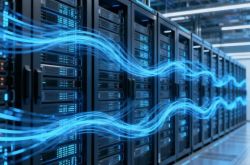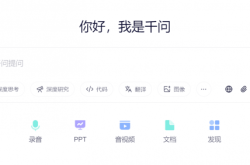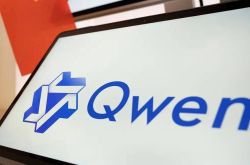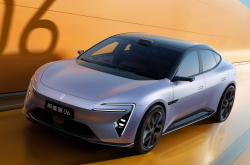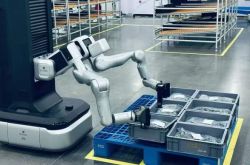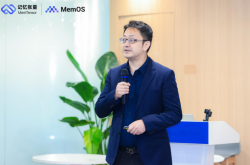Empowering Automakers' 'Large Models' with 'One AI Network' Integration
![]() 03/20 2025
03/20 2025
![]() 529
529
In the current epoch of intelligent and connected vehicles, large models have emerged as a key battleground for automakers. Many invest heavily in these models, aiming to enhance autonomous driving and smart cockpit capabilities, offering users a more sophisticated and seamless travel experience. However, isolated large models often falter in the face of complex and dynamic real-world traffic conditions. Automakers confront a central paradox: the pressing need for intelligent upgrades versus the practical hurdles in achieving vehicle-road-cloud collaboration.
Current autonomous driving solutions, such as Tesla's FSD, Huawei's ADS, and Xpeng's XNGP, are confined to 'single-vehicle intelligence,' reliant on cameras and lidars to perceive surroundings within 200 meters. In extreme weather, sudden obstacles, or complex intersections, these systems may abruptly 'lose sight.' The question arises: how can automakers enhance their 'large models' and genuinely achieve vehicle-road-cloud integration? The answer may reside in 'One AI Network.'
Pain Points: Automakers' 'Three Mountains'
1. Long-tail Scenarios Challenge: 99% of algorithms struggle with 1% of extreme cases
Incidents like Tesla's FSD misjudging lanes in heavy rain or a new-energy vehicle colliding with a short pole in a parking lot reveal the limitations of single-vehicle intelligence. AI models trained on historical data falter in the infinite long-tail scenarios of the real world. To achieve L4 autonomous driving, automakers must overcome 'perception blind spots.'
2. Data Silos: Vehicles, roads, and clouds speak different languages
Most smart transportation systems are still in the 'equipment stacking' phase, with cameras, traffic lights, and 5G base stations operating independently and using inconsistent data formats. This makes direct access challenging for automakers. One automaker lamented, '90% of the roadside data we receive is invalid noise.'
3. High Computing Costs: An 'unbearable burden' for automakers
Automotive chips often boast over 1,000 TOPS of computing power, but 90% of this is wasted on redundant perception tasks. Offloading some computing tasks to roadside edge nodes could reduce costs by 70%, but automakers and local governments are at an impasse over funding.
Breakthrough: MogoMind's 'One AI Network' Logic
Step 1: Bridging the 'Data Divide'
Roadside: AI digital road base stations integrate data from cameras, lidars, and meteorological sensors;
Vehicle end: L4 autonomous vehicles upload real-time high-precision environmental information;
Cloud end: MogoMind's large model fuses multimodal data to create a 'digital twin transportation system,' providing automakers with a 'God's-eye view.'
Step 2: Transitioning from 'Rule-Driven' to 'Cognition-Driven'
Traditional vehicle-road collaboration relies on preset rules, whereas MogoMind employs reinforcement learning for dynamic optimization. This allows vehicles to receive real-time global decisions: the cloud suggests the optimal route, edge nodes assist in complex intersection negotiations, and the vehicle end handles micro-operations.
Step 3: Lightweighting the Field End and Re-Empowering the Vehicle End
Vehicle end: Retains core perception and decision-making capabilities for emergency safety;
Field end: Deploys low-cost cameras and communication units for services like blind spot warnings.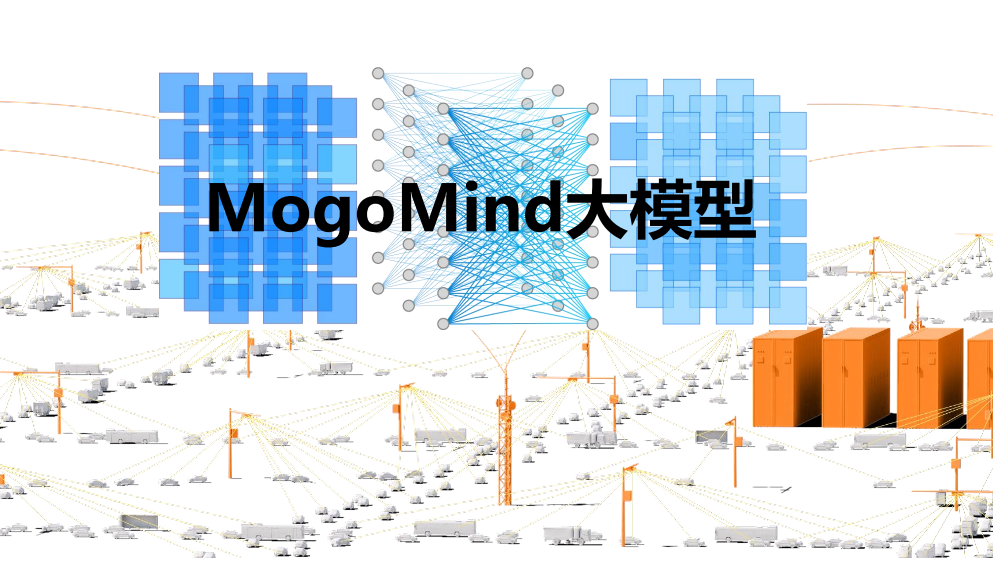
Business Model: Who Pays for 'One AI Network'?
To automakers: Data subscription + algorithm empowerment
API calls: Annual fees based on the number of vehicles, providing real-time traffic predictions and remote perception data;
Deep customization: Training vertical scenario AI models for automakers (e.g., autonomous driving in mining areas), with revenue sharing based on performance.
To governments: Transition from 'project-based' to 'revenue sharing'
Governments grant permits for roadside equipment deployment;
Enterprises cover 80% of construction costs and share revenues through vehicle-road-cloud data operations (e.g., traffic management optimization fees and advertising value-added services).
Ecosystem Co-construction: The 'Triangular Balance' of Automakers, Governments, and Users
Automakers: Reduce R&D costs and increase product premium;
Governments: Optimize urban governance and gain data assets;
Users: Enjoy safer and more efficient travel services.
Future: AI Networks as an 'Essential' for Automakers
While Tesla persists with a 'pure vision route,' Chinese automakers have adopted a different approach: breaking through technological barriers with vehicle-road-cloud collaboration. 'One AI Network' essentially creates a flywheel where 'more data usage leads to smarter algorithms': more automakers connecting → richer driving scenario data → more accurate AI models → higher user stickiness.
By 2030, this network could span over 100 cities nationwide, becoming the 'utilities' infrastructure for autonomous driving. For automakers, refusing to connect may mean obsolescence – as users will not pay for a smart car that 'cannot see 2 kilometers ahead.'

